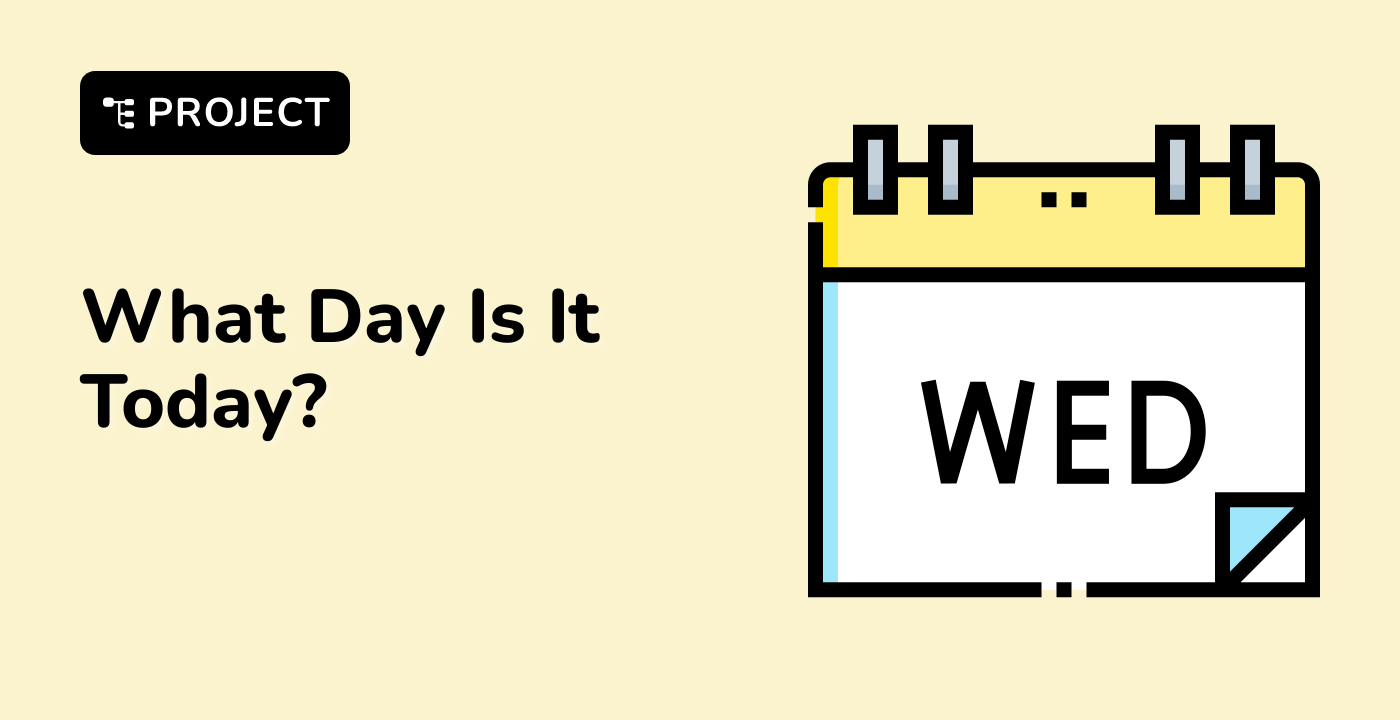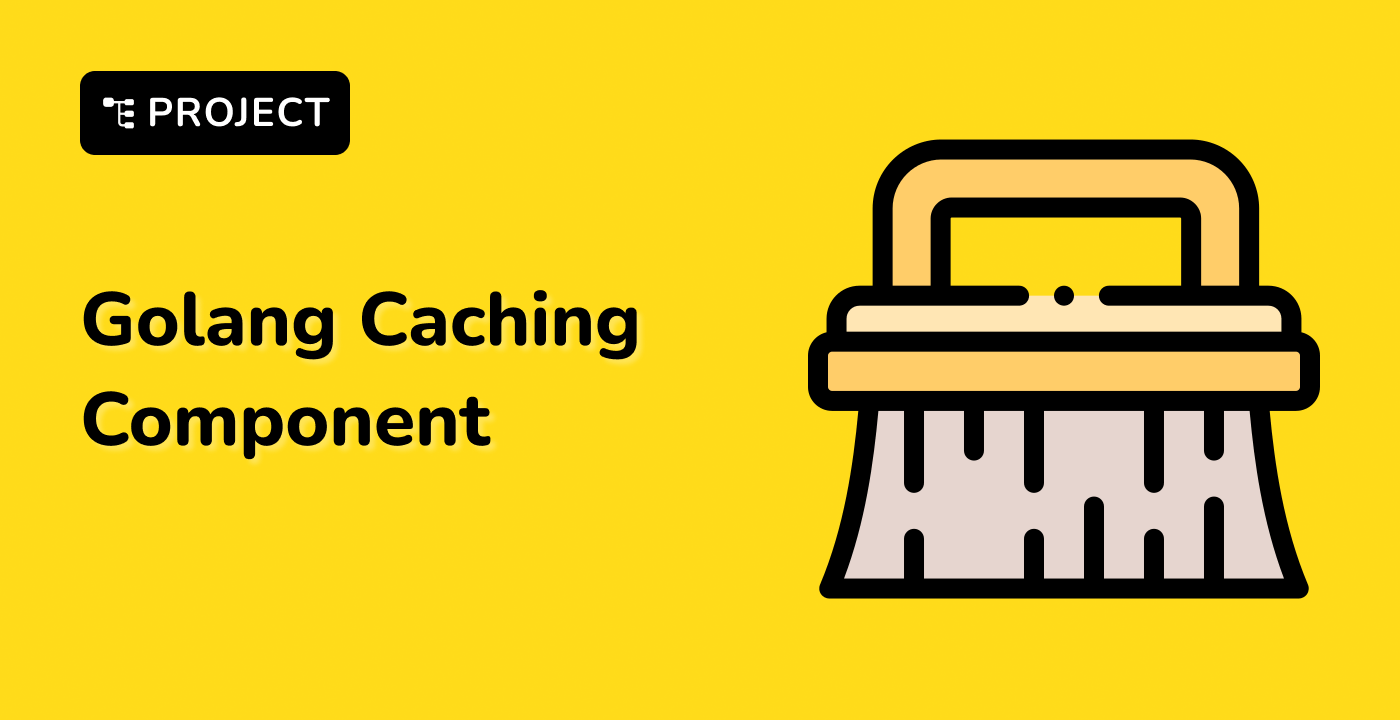Practical XML Encoding
Real-World XML Encoding Scenarios
XML encoding is crucial for data interchange, configuration management, and cross-platform communication. This section explores practical approaches to XML encoding in Go.
XML Encoding Workflow
graph LR
A[Data Source] --> B[Struct Definition]
B --> C[XML Marshaling]
C --> D[XML Output/Storage]
D --> E[Error Handling]
Comprehensive Encoding Example
package main
import (
"encoding/xml"
"fmt"
"os"
)
type Company struct {
XMLName xml.Name `xml:"company"`
Name string `xml:"name"`
Departments []Department `xml:"departments>department"`
}
type Department struct {
Name string `xml:"name"`
Manager string `xml:"manager"`
Size int `xml:"size"`
}
func main() {
company := Company{
Name: "LabEx Technologies",
Departments: []Department{
{Name: "Engineering", Manager: "Alice", Size: 50},
{Name: "Marketing", Manager: "Bob", Size: 20},
},
}
// XML file output
xmlFile, err := os.Create("company.xml")
if err != nil {
fmt.Println("Error creating file:", err)
return
}
defer xmlFile.Close()
encoder := xml.NewEncoder(xmlFile)
encoder.Indent("", " ")
if err := encoder.Encode(company); err != nil {
fmt.Println("Error encoding XML:", err)
}
}
XML Encoding Strategies
| Strategy |
Description |
Use Case |
| Marshal |
Simple encoding |
Small data sets |
| Encoder |
Stream-based encoding |
Large data sets |
| Custom Marshaling |
Complex transformations |
Special formatting |
Advanced Encoding Techniques
Custom XML Marshaling
func (d *Department) MarshalXML(e *xml.Encoder, start xml.StartElement) error {
// Custom XML generation logic
type Alias Department
return e.EncodeElement(
struct {
Active bool `xml:"active,attr"`
*Alias
}{
Active: d.Size > 0,
Alias: (*Alias)(d),
},
start,
)
}
Error Handling Strategies
- Check marshaling errors
- Validate XML structure
- Handle encoding exceptions
- Implement fallback mechanisms
XML Namespace Management
type ConfigData struct {
XMLName xml.Name `xml:"http://labex.io/config data"`
Version string `xml:"version,attr"`
Settings []Setting `xml:"settings>setting"`
}
- Use
xml.MarshalIndent() for readability
- Implement efficient struct designs
- Minimize memory allocation
- Use streaming encoders for large datasets
Practical Use Cases
- Configuration management
- API responses
- Data serialization
- Cross-platform communication
Best Practices
- Use meaningful struct tags
- Handle potential encoding errors
- Validate XML output
- Keep encoding logic modular
- Test with various input scenarios
Security Considerations
- Sanitize input data
- Implement XML schema validation
- Protect against XML external entity (XXE) attacks
- Use standard library encoding methods




